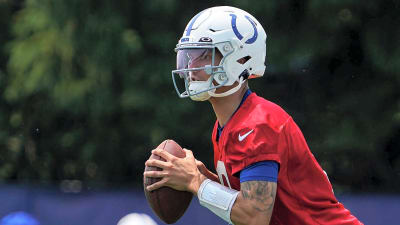
One thing about these NBA playoff games — they’ve had the kind of pace fans actually enjoy. A little slower. More physical. More strategic. Less run-and-gun, more meaningful possessions.
Call me old school, but there’s something to be said for a game where each trip down the floor matters.
And apparently, I’m not the only one who thinks that way. So do the medical staffs.
The Red Zone Problem
Behind the scenes, teams are tracking everything: distance traveled, burst rate, overall movement load. Once a player’s numbers get too high, they hit what’s known as the “red zone.” That’s the territory where injury risk goes up — and where load management kicks in.
More possessions = more movement = more time in the red zone.
But if you slow the game down? Guys don’t hit that threshold nearly as fast.
And if they’re not in the red zone, they’re suiting up more often.
Larry Brown Weighs In
Rob Perez (a.k.a WorldWideWob) of SiriusXM radio discussed something along these lines with former NBA coach Larry Brown on Monday. Brown admitted he’d have no clue how to navigate today’s performance staffs and their data charts.
They track things like burst rate and distance now, Brown told NBA Radio. But not practicing? That hurts rhythm. And rhythm helps with game flow.
It’s a point a lot of players echo — less practice leads to more awkward in-game movement, and potentially, more injury risk.
They’re not doctors, but they know their bodies.
Better Basketball, Fewer DNPs
I’m not a medical professional either. But from what I understand — and what teams have shown through their own tracking — increased pace = quicker trip to the red zone.
So give me this playoff pace all season. It’s more fun to watch. It keeps players on the court.
It might even help save the regular season, not just from an entertainment standpoint — but from an availability one.
More must-reads:
- Luka Doncic recruited former DPOY to the Lakers
- The post-draft, post-free agency NBA team power rankings
- The 'NBA yearly field goals-per-game leader' quiz
Breaking News
Trending News
Customize Your Newsletter
 +
+
Get the latest news and rumors, customized to your favorite sports and teams. Emailed daily. Always free!








